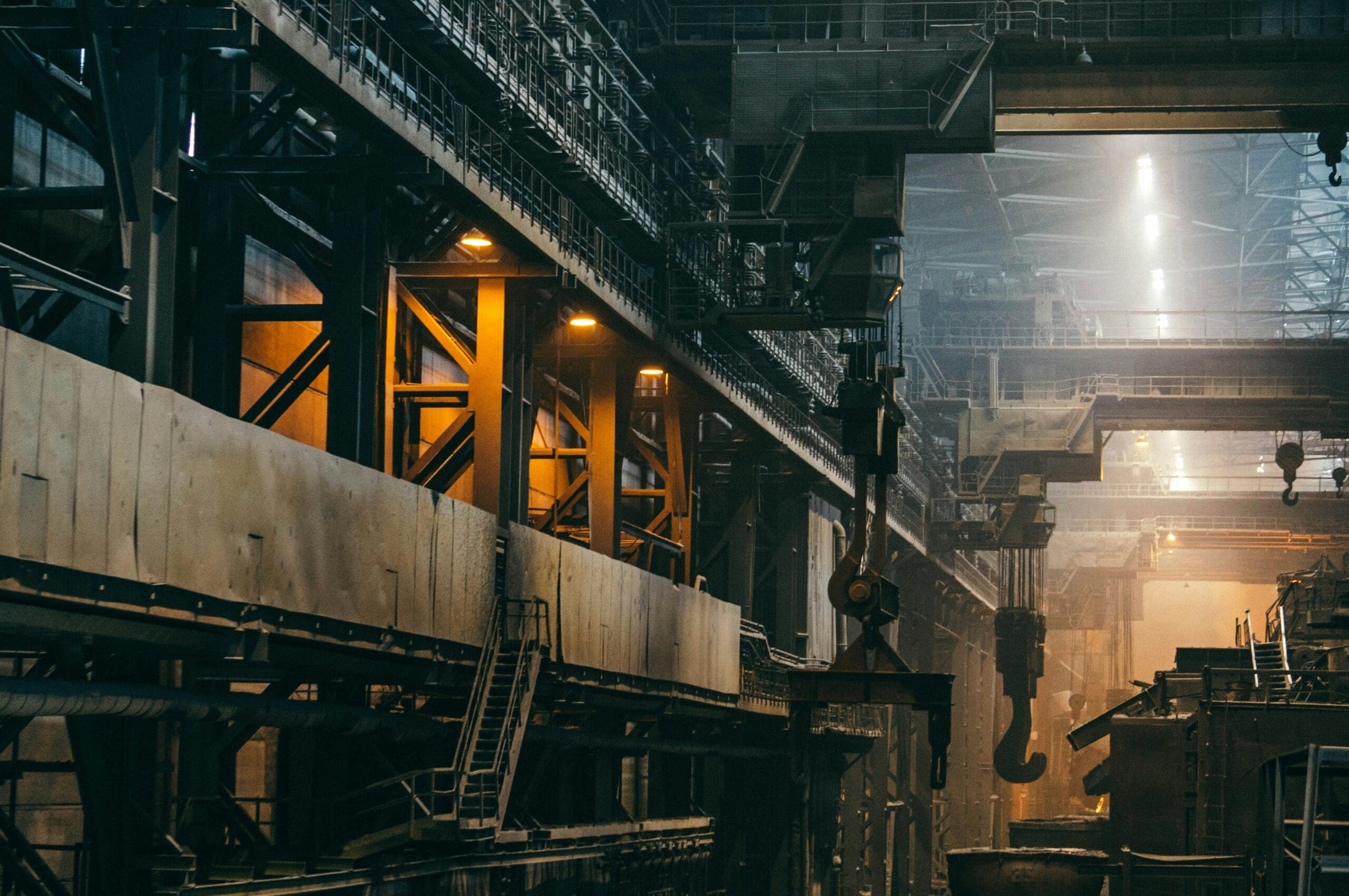Material spillage is a persistent challenge in bulk material handling systems, causing product loss, safety concerns, and increased operational costs. For industries like mining, agriculture, and cement production, even minor inefficiencies can have significant financial and environmental impacts. Addressing spillage effectively requires a combination of thoughtful system design, high-quality components, and strategic operational practices. Below are detailed approaches to minimize material spillage and optimize the efficiency of your material handling system.
1. Optimize System Design
A well-designed material handling system is the cornerstone of spillage prevention. Every aspect of the system, from conveyors to chutes and transfer points, should be engineered with material characteristics and operational requirements in mind.
Proper Belt Sizing and Alignment: Ensure that the conveyor belt is sized to handle the anticipated load without overloading. Misaligned or undersized belts often result in materials spilling over the sides or slipping off during operation.
Transfer Point Efficiency: Transfer points are particularly prone to spillage. Incorporate curved or hooded chutes to guide material smoothly between conveyors, reducing turbulence and minimizing overflows. WTW Americas emphasizes advanced chute designs that manage the material flow efficiently, preventing buildup and minimizing airborne particles.
Skirting and Containment: Install adjustable skirting along conveyor edges to contain materials and prevent them from spilling over. Ensure that the skirting is properly sealed to reduce gaps where material can escape.
Impact Zones: Reinforce high-impact areas with abrasion-resistant liners or shock-absorbing materials. These measures reduce wear and tear while ensuring that the material stays within the system.
2. Use Quality Components
The components you select can significantly impact your system’s ability to prevent spillage. High-quality, durable components are an investment that reduces long-term maintenance costs and improves operational reliability.
Belt Cleaners: Install effective primary and secondary belt cleaners to prevent material carryback on the return side of the belt. Residual material often falls off along the conveyor path, creating spillage and safety hazards.
Sealing Systems: Use robust sealing solutions at transfer points to contain material effectively. Choose seals designed for the specific material being handled to ensure durability and efficiency.
Abrasion-Resistant Liners: Components like transfer chutes and hoppers are prone to wear, especially when handling abrasive materials. High-quality liners reduce wear, ensuring material flows smoothly without blockages or leaks.
Reliable Fasteners and Bolted Systems: Systems like those offered by WTW Americas utilize bolted construction instead of welding. This allows for easy replacement of worn components, minimizing downtime and ensuring continued containment of materials.
3. Control Material Flow
Proper material flow management is essential to reduce spillage, particularly at loading and transfer points. Uncontrolled flow can lead to overloading, turbulence, and material overflow.
Feeders and Flow Regulators: Install feeders at the loading points to control the amount of material entering the system. Vibratory feeders or screw feeders are effective in maintaining a consistent flow, ensuring the system doesn’t become overwhelmed.
Variable Frequency Drives (VFDs): Use VFDs to adjust conveyor belt speed based on material volume and type. Slowing the belt at loading points can prevent material from bouncing or spilling off the sides, while increasing speed downstream ensures efficient throughput.
Chute Design and Slope: Ensure that chutes are designed with the correct angle and slope to maintain a smooth material flow. Chutes that are too steep can cause materials to accelerate uncontrollably, leading to spillage at discharge points.
Material Characteristics: Tailor the system to handle the specific properties of the material, such as size, bulk density, and moisture content. Sticky or cohesive materials may require special considerations like anti-stick coatings or wider belts.
4. Perform Regular Maintenance
A well-maintained system is far less likely to experience spillage. Regular maintenance ensures that components are functioning as intended and that issues are identified before they become costly problems.
Inspect Belt Tension and Alignment: Misaligned or over-tensioned belts can cause spillage along the edges. Perform routine checks to ensure the belt is running straight and at the correct tension.
Replace Worn Components: Pay close attention to wear-prone areas, such as belts, rollers, and liners. Replacing worn components promptly prevents gaps or misalignments that can lead to spillage.
Lubricate Bearings and Moving Parts: Ensure that all moving parts are well-lubricated to reduce friction and maintain smooth operation. Overheating or stiff components can cause uneven material flow, leading to spillage.
Clear Material Build-Up: Regularly clean conveyors, transfer points, and chutes to remove material buildup. Accumulated material can obstruct flow and create unnecessary spillage.
Conclusion
Minimizing material spillage in bulk material handling systems is essential for maximizing efficiency, reducing waste, and ensuring workplace safety. By prioritizing thoughtful system design, using high-quality components, and controlling material flow effectively, companies can significantly mitigate spillage risks. Regular maintenance further ensures that the system remains in peak condition, delivering reliable performance over time.
Whether designing a new system or optimizing an existing one, working with WTW Americas can provide innovative solutions tailored to your specific needs. Investing in spillage prevention protects your bottom line and reinforces your commitment to operational excellence and sustainability.


